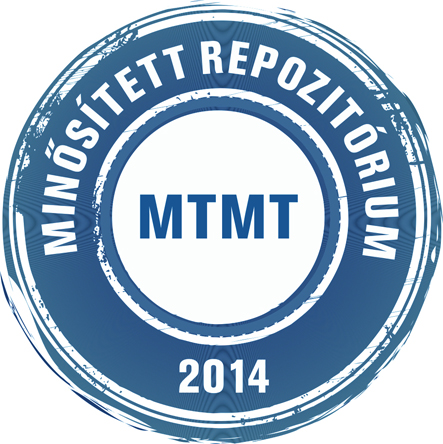Fehér Bence: Rovásírással - latinul. In: Antikvitás és reneszánsz 4. pp. 119-130. (2019)
Előnézet |
Cikk, tanulmány, mű
antikvitas_es_reneszansz_004_119-130.pdf Letöltés (733kB) | Előnézet |
Absztrakt (kivonat)
The Hungarian Runic script (or, according to another terminology, Szekler script), rarely used in the 10th–14th centuries, had got some popularity in the era of the Renaissance. There are a few examples, where the letters, originally devised for the Hungarian language, were combined with or used for Latin words. Thus the author of the Sepsikilyén wall graffito wrote X ʃcribʃit ◦ ← BNDK2 I[[L]]` Ly´ ES, that is Benedek Illyés scripsit; probably there is another hic fuit-graffito in Berekeresztúr from 1581, written partly in Runic script. The most prominent example is István Szamosközy’s Latin epigram from 1604, a pasquin against Emperor and King Rudolph, where Runic script was used as kind of a cryptography, the author had to set several orthographic rules for the Latin language in Runes and partially accommodated the graphotactics to the Latin custom too.
| Mű típusa: | Cikk, tanulmány, mű |
|---|---|
| Rovatcím: | Tanulmányok |
| Befoglaló folyóirat/kiadvány címe: | Antikvitás és reneszánsz |
| Dátum: | 2019 |
| Szám: | 4 |
| ISSN: | 2560-2659 |
| Oldalak: | pp. 119-130 |
| Nyelv: | magyar , angol |
| Kiadó: | MTA-SZTE Antikvitás és reneszánsz: források és recepció Kutatócsoport |
| Kiadás helye: | Szeged |
| Befoglaló mű URL: | http://acta.bibl.u-szeged.hu/68347/ |
| DOI: | 10.14232/antikren.2019.4.119-130 |
| Kulcsszavak: | Rovásírás |
| Megjegyzések: | Bibliogr.: p. 128-130. és a lábjegyzetekben ; összefoglalás angol nyelven |
| Szakterület: | 06. Bölcsészettudományok 06. Bölcsészettudományok > 06.02. Nyelvek és irodalom |
| Feltöltés dátuma: | 2020. már. 05. 13:32 |
| Utolsó módosítás: | 2024. ápr. 18. 14:48 |
| URI: | http://acta.bibl.u-szeged.hu/id/eprint/68519 |
 |
Tétel nézet |



